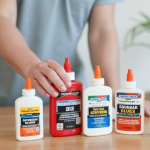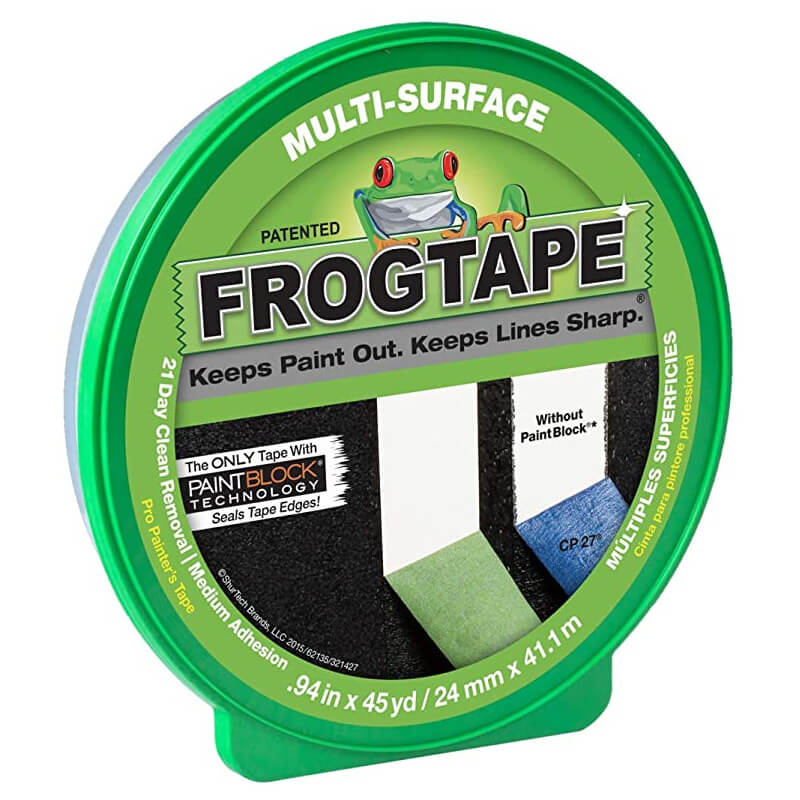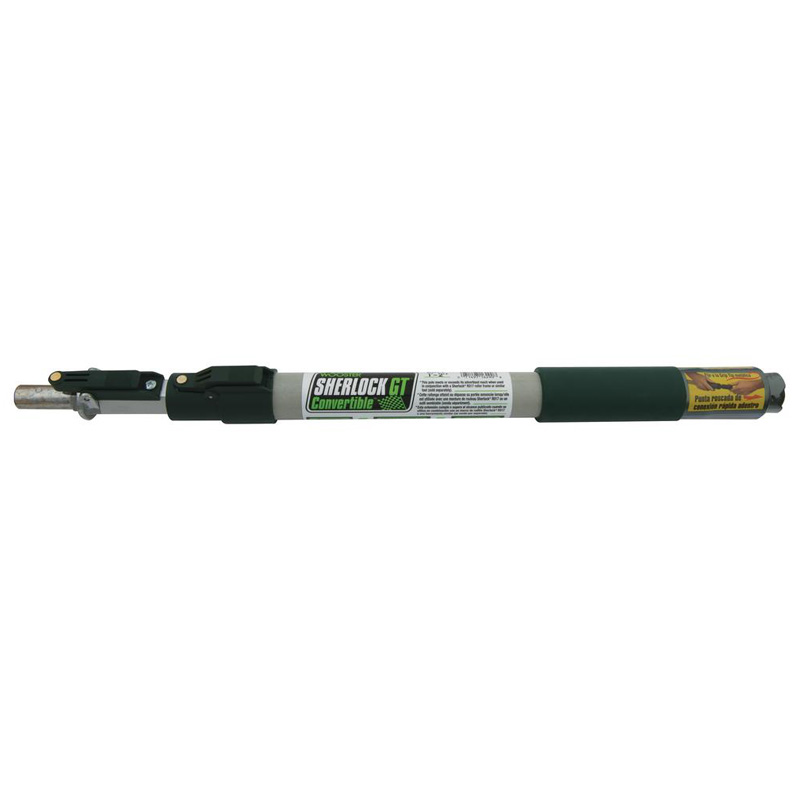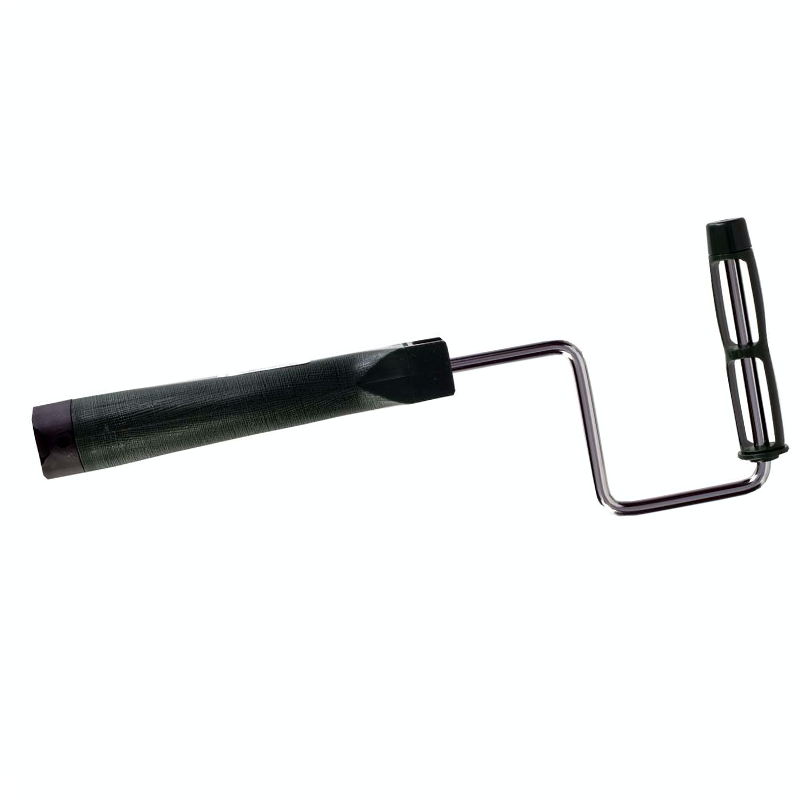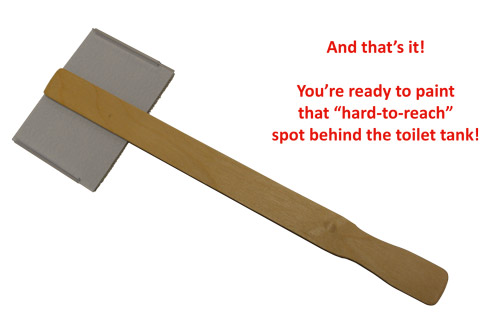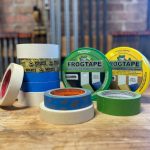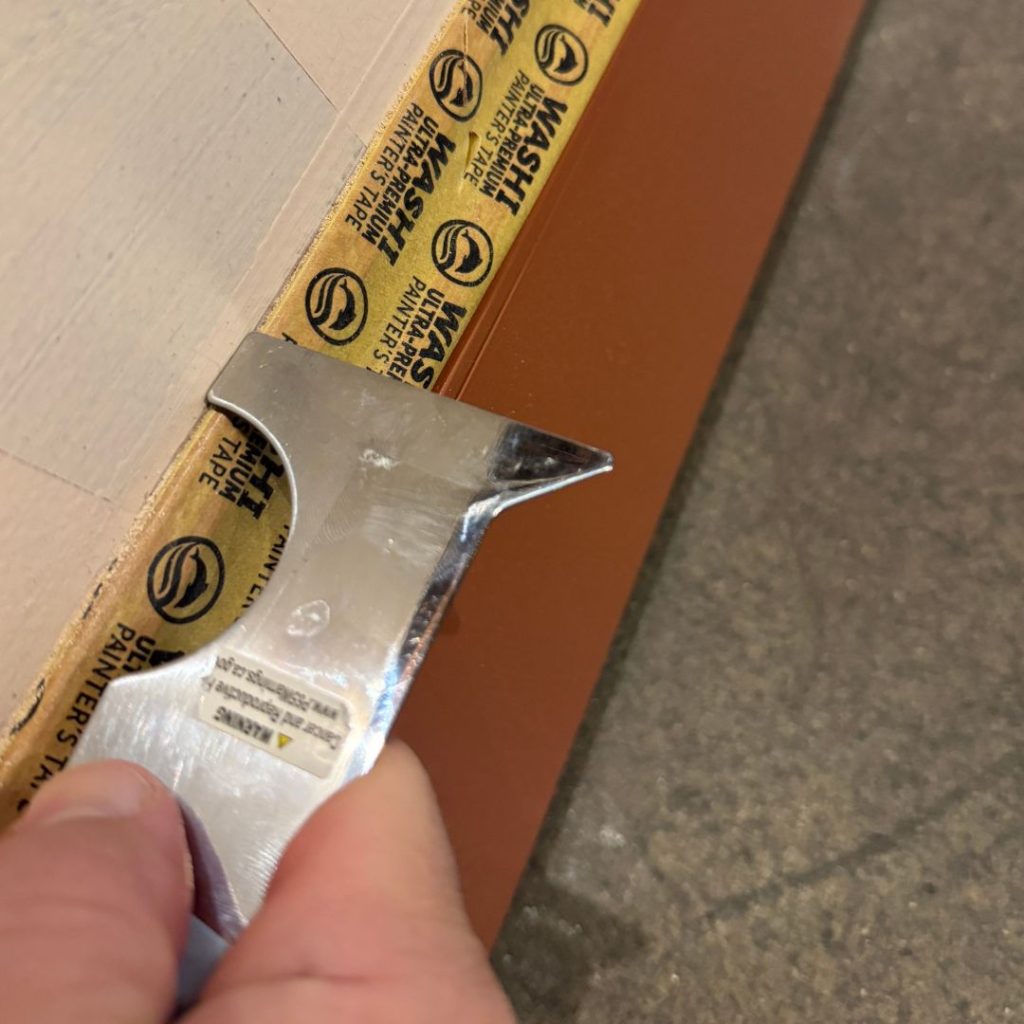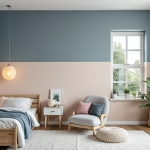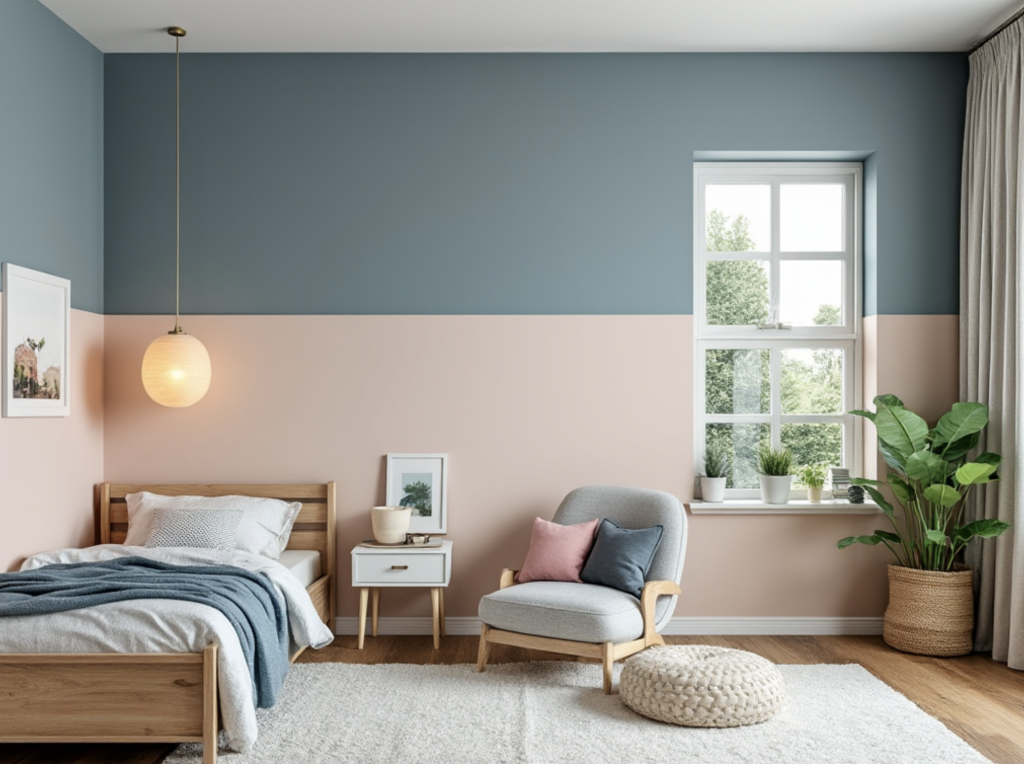Painting small spaces can be tricky, but with the right strategies, you can transform tight quarters into beautiful, polished areas. Whether you’re working in a bathroom, hallway, or any small room, these tips will help you avoid common pitfalls and make the process smoother.
1. Schedule Enough Time for the Job
It’s easy to assume that painting a small space will be quick since there’s less wall area to cover. In reality, small rooms often require more detailed work, like cutting in around fixtures and working in confined areas. Tasks like rolling in tight spaces or navigating narrow hallways can take longer than expected.
To avoid frustration, plan on spending extra time. Don’t start a project with the idea that you can “fit it in” before you have to leave for Grandma’s birthday. You’ll find it takes longer than you thought and you’ll find yourself in a dilemma: either finish in a rush or leave your home in chaos with half-finished work. Save yourself the stress by allocating more time than you think you’ll need.
2. Minimize Helpers
While extra hands are helpful for large spaces, small rooms can feel crowded quickly. Trying to work with multiple people in tight quarters often leads to frustration—and accidental bumps, spills, or even arguments. Instead, tackle small-space painting solo or assign other tasks to your helpers, like cleaning up, prepping dinner, or making a supply run to RepcoLite!
3. Prep Thoroughly
Good prep work is essential no matter the room size. In small spaces, where every detail is more noticeable, skipping these steps can lead to unnecessary headaches. Here’s what to do:
- Remove Nails and Screws: Painting around them might seem quicker, but it often results in drips, roller snags, or uneven finishes.
- Fill Holes and Sand Glossy Surfaces: Ensuring a smooth, clean surface will make the final coat look flawless.
- Clean Everything: Dust and grime build up in surprising spots like behind toilets, on vent covers, and atop doors. Wipe down all surfaces for the best results.
- Remove Items from the Walls: Whenever possible, take down towel racks, switch plates, and other fixtures to make painting easier and neater.
Check out the podcast version of this post (it’s the PREMIUM way to experience this info!)
4. Set Up an External Workstation
Avoid setting paint cans and tools on the floor in cramped spaces. Instead, create a workstation just outside the room with a small table or a setup made from sawhorses. Keep your materials close but out of the way to prevent spills and accidents.
5. Work Methodically and Stay Mindful
Small spaces leave little room for error—or for movement. Slow down and think carefully about each step before you make it. Consider these tips:
- Be mindful of where your paint tray, tools, and freshly painted walls are at all times.
- Avoid sudden movements that could lead to spills or accidental smudges.
- Place your paint tray strategically—outside the room or in a secure spot to prevent tipping or stepping into it.
6. Get Creative with Placement
When working in tight spaces, the location of your tools matters. Instead of keeping your paint tray on the floor, try these alternatives:
- Use the Hallway: Place your tray on a drop cloth outside the room. This keeps it accessible while reducing the risk of stepping into it.
- Consider a Ladder Hook: If space allows, hang the tray securely on your ladder—just be careful to avoid bumping it when standing up!
Final Thoughts
Painting small spaces can test your patience, but with these foolproof strategies, you can tackle even the tightest quarters with confidence. Plan ahead, prep thoroughly, and work mindfully to ensure your project turns out beautifully.
Looking for expert advice or premium supplies? Stop by your nearest RepcoLite location or check out the RepcoLite Home Improvement Show Podcast. Listen on Spotify, Apple Podcasts, YouTube, or at repcolite.com.


